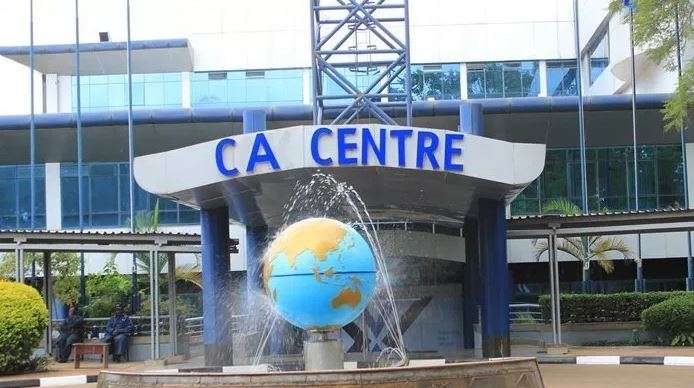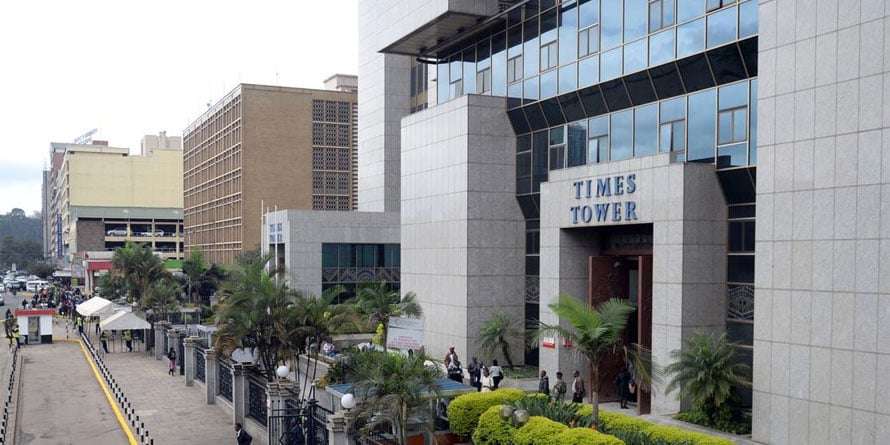Kenya’s economy grew at a reduced rate of 4.7 per cent in 2024, down from 5.7 per cent in 2023, with total economic output declining from KSh 16.2 trillion to KSh 15 trillion, as reported in the 2025 Economic Survey by the Kenya National Bureau of Statistics.
Despite the slowdown, several sectors performed strongly. Financial and insurance activities led with 7.6 per cent growth, followed by real estate (5.3 per cent), agriculture, forestry, and fishing (4.6 per cent), and transport and storage (4.4 per cent). The services sector remained dominant, contributing 55.3 per cent to Gross Domestic Product (GDP), while agriculture and industry accounted for 22.5 per cent and 16.5 per cent, respectively.
Kenya’s Gross National Disposable Income grew modestly to KSh 16.9 trillion in 2024 from KSh 15.75 trillion in 2023, while GDP per capita rose from KSh 291,770 to KSh 309,460.
Employment in modern and informal sectors, excluding small-scale agriculture, rose from 20 million in 2023 to 20.8 million in 2024. The economy generated 782,300 new jobs, with the informal sector accounting for 703,700, or 90 per cent of all new employment. The modern sector added 78,600 new jobs, reflecting 2.4 per cent growth.
The informal sector remained the backbone of the labour market, employing 17.4 million people, or 83.6 per cent of the workforce. In contrast, formal employment stood at 3.4 million, representing 16.4 per cent of total jobs.
The total nominal wage bill grew by 7.2 per cent to KSh 3 trillion in 2024. The private sector absorbed the majority, with wage payments increasing by 7.7 per cent to KSh 2.1 trillion, while the public sector wage bill rose by 5.8 per cent to KSh 881.4 billion. Manufacturing and agriculture led private sector employment, with 347,294 and 308,865 workers, respectively.
Kenya recorded notable progress in controlling inflation. The annual inflation rate dropped from 7.7 per cent in 2023 to 4.5 per cent in 2024, the lowest in five years. Inflation reached a record low of 2.7 per cent in November 2024. Food inflation fell significantly, with sugar and confectionery prices dropping by 10.7 per cent and cereals and related products by 5.7 per cent.
National Treasury Cabinet Secretary John Mbadi attributed the slowdown to fiscal constraints, high interest rates, socio-economic unrest linked to the Gen-Z protests, and climate-related disruptions, including drought and floods. He also cited global trade tensions as factors contributing to the slowdown.
During Labour Day celebrations, President William Ruto defended his administration’s fiscal reforms, stating that removing subsidies on fuel and staple foods in 2022 helped position Kenya as Africa’s sixth-largest economy. However, no new salary increases were announced, despite a prior commitment to a 6 per cent pay rise made in 2023.
Regionally, Kenya’s growth rate of 4.7 per cent trailed Rwanda (7.0 per cent), Tanzania (6.1 per cent), and Burundi (6.0 per cent) but matched the Democratic Republic of Congo (4.7 per cent). South Sudan and Somalia followed with 4.2 per cent and 4.0 per cent, respectively.
The construction sector contracted by 0.7 per cent in 2024, reversing the 3.0 per cent growth recorded in 2023. Inflation in construction inputs rose to 2.8 per cent, while cement consumption fell to 8,537 tonnes from 9,196 tonnes the previous year.
Despite the decline, the government intensified infrastructure projects, spending KSh 171.9 billion on road construction. A record 24,900 km of paved roads was completed, the highest since 2020. The affordable housing program advanced with 54,319 units under construction, valued at KSh 122.6 billion.
Exports rose from KSh 1 trillion in 2023 to KSh 1.1 trillion in 2024, driven largely by re-exports, which surged by 77.3 per cent to KSh 180.2 billion.
Although the agriculture sector grew overall, maize production, a staple in Kenyan households, declined by 6.1 per cent to 44.7 million bags due to erratic short rains.
The report presents a mixed picture, moderate gains in income growth and inflation control, offset by declining economic growth and structural employment challenges. As Kenya navigates global and domestic headwinds, the focus will likely remain on stabilising public finances and fostering resilience across key economic sectors.





